Latest News
An interview with David Jarrett
)
To start with, please could you give us a sneak preview of what you will be talking about at Acute & General Medicine this year?
The primary focus of my talk this year is going to be clinical – helping people with the diagnosis of transient ischaemic attack (TIA). With TIAs, the symptoms are often resolved by the time a patient is seen in the emergency department or in the outpatient’s clinic. So, I will be focusing on what features of their history make it likely a TIA and what features suggest to something else.
I will also cover the new NICE guidelines that were published this year on stroke and TIA, and I will be emphasising what is compared with the previous guidelines. Some of the new recommendations are quite challenging, with new drugs being introduced, and the use of MRI - which will have resource and timing implications.
We have an ageing population, which brings a new range of things clinicians need to consider. Can you tell us a bit about the link between TIAs and an ageing population?
There is an increase in the elderly population, particularly very elderly people and as we get older, we accumulate chronic medical conditions, as well as being more susceptible to acute conditions such as pneumonia and trauma.
The average person having a TIA will have a lot of co-morbidities and the older people are the more likely to have a TIA than younger people. Someone who is 25 years old with the certain symptoms is unlikely to have a TIA compared to an older aged person with similar symptoms. This is because the 25-year-old is less likely to have risk factors for vascular disease, whereas an 80-year-old is more likely to have hypertension, atrial fibrillation, type 2 diabetes or other cardiac disease. The biggest risk factor is age and that is, like gender and family history is unmodifiable.
The ageing population will increase the likelihood of TIAs and other vascular diseases - the difficult thing is it makes the management of diseases more complicated when there are co- morbidities going on.
For example, if in the TIA clinic I have a 65-year-old who has a bit of hypertension and high cholesterol -which is not unheard of in that age group -and they haven’t got ischaemic heart disease, dementia or arthritis it is well worth investigating further as to why they would have had a TIA and investigate fully and maximise secondary prevention. Compared to someone in their late 80s who might be frailer, and have more co- morbidities and possibly dementia, you must take a more balanced approach which I will be covering in my talk at the conference.
Do clinicians need to be more conscious of risk factors in older patients having TIAs because of the ageing population and other contributing environmental factors?
Yes, most doctors now - almost by default - are doing much more geriatric medicine. The emergency departments and acute medical wards are full of elderly patients, and we have to have a holistic approach to their care, looking at all clinical, social and psychological factors.
What are the key takeaway points that you will be delivering in your session at Acute & General Medicine this year?
There will be bullet points around looking at the patient’s medical history. Was it a sudden onset? What the patient was doing when they noticed something was wrong. What symptoms tip the balance towards a TIA and what symptoms point towards another diagnosis.
